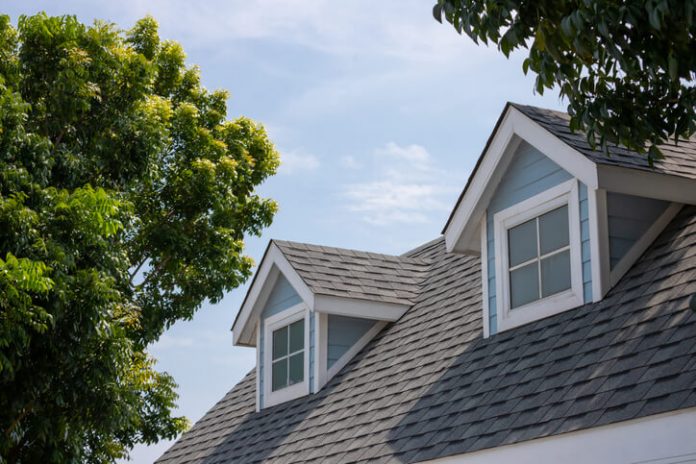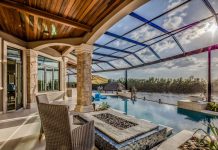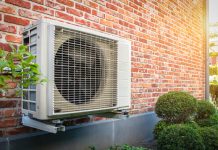EPDM Rubber Roofing over the years has grown in popularity levels, with them being used on commercial buildings and residential homes across the UK. This is because of the many benefits and advantages that come with EPDM Roofing.
Rubber Roofing in the roofing industry is known as EPDM (ethylene propylene diene terpolymer). Rubber roofing has many advantages and because of the cost, makes it ideal for many homeowners. EPDM is a lightweight material, quick and efficient installation process, that reduces installation and labour and lasts longer than other roofing’s. When installed the EPDM Rubber is glued into place which lessens the use of heat, this can help the homeowner’s insurance policy.
- Rubber Roofing is very durable and long-lasting. Moss or algae do not grow on rubber roofs and don’t get damaged easily. An EPDM roof is cheap and cost-effective to repair compared to other roofing materials. It is rare for rubber roofs to leak and an advantage to them is they absorb heat and don’t get damaged by it. They’re resistant to UV rays and suitable for hot climates. When fitted in properly EPDM ubber Roofing can last 50 years and longer. For those in the Midwest considering this durable option, consulting with the best rated St. Louis roofing companies can provide insights into how EPDM rubber roofing can benefit your specific home or building. Their expertise ensures that your investment is installed with precision to withstand the local climate conditions.
- Rubber Roofing is extremely environmentally friendly because it requires less work from manufacturers and is 100% recyclable for its whole life. EPDM during the winter months works as an insulator for your home.
- EPDM Rubber roofing is known for being durable and tear-resistant, but over the years this has increased. When being manufactured, manufacturers add thickness, resistance, and strength to it.
- Rubber is fire resistant because when on fire the rubber is resilient and will cause the fire to burn slowly so the emergency services can reach in time before anything else happens.
- EPDM roofs are energy efficient. When the weather is warmer and sunnier, the EPDM roof can reflect the suns heat. This can save the homeowner on air conditioner costs. This is because the EPDM insulates the home by trapping the suns heat incidentally, when the winter months come along this reduces energy costs and bills. When colder months occur, Homeowners first thoughts are will the EPDM roof break? EPDM roofs have been made to withstand colder temperatures and warmer temperatures.
- Rubber roofs can vary in thickness they come in from 455mm up to 90mm. When picking the correct size for your home, this can depend on the location of your home and the roof.
- An advantage of EPDM roofing is that they can be installed in one piece, so there is no need for seams. Other roofing will usually require a seam every couple meters, but because EPDM can be installed in one piece this makes the job faster.
- Rubber roofing is not prone to leakages however, if this does happen there is tape designed to repair and fix the leak, specifically designed for rubber roofs. They also don’t require as much maintenance like other roofing’s. After 10 or 12-years homeowners tend to repaint their roofs with acrylic paint.
The History of EDPM Rubber Roofing
Rubber 1960s rubber was being used on roofs. During the 70s and 80s, the demand for them increased because of the Middle East oil embargo, which raised the price of many asphalt-based roofs and lowered the quality of asphalt that was available at the time. Many rubber roofs that were laid in the 1970s are still being used.
EPDM increased in popularity and gain recognition because of the cost and how easy it was to install, also as it was weather-resistant.
How Much are Rubber Roof?
Rubber roofing prices vary but many companies will provide a quote at a mutually agreeable time once, the company has a few details from the homeowners.



































